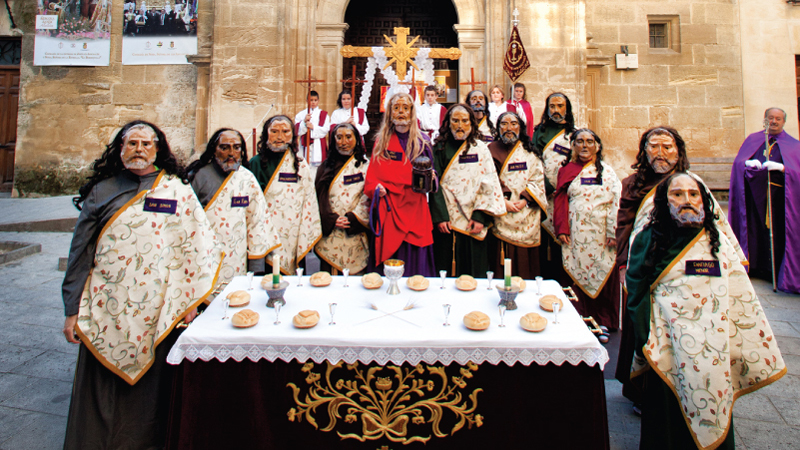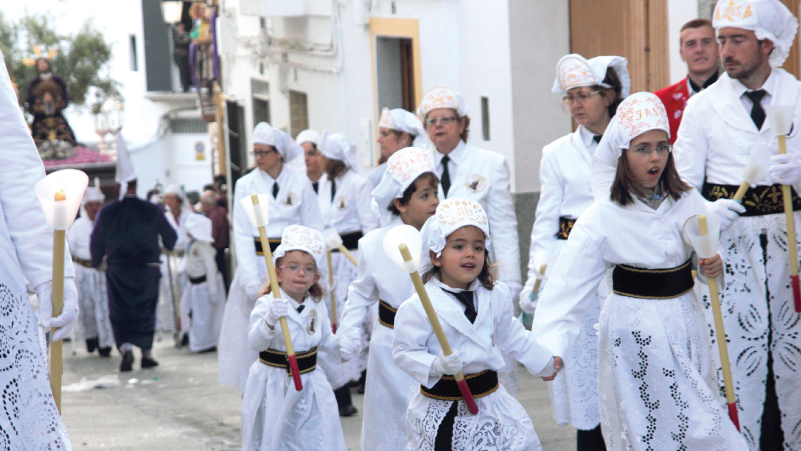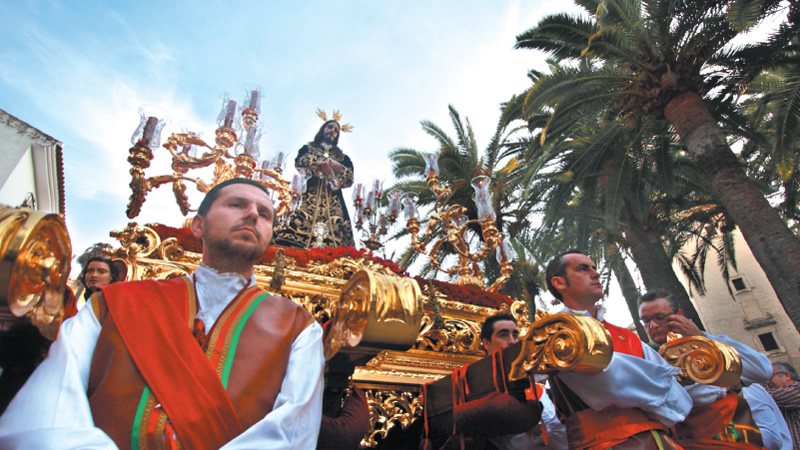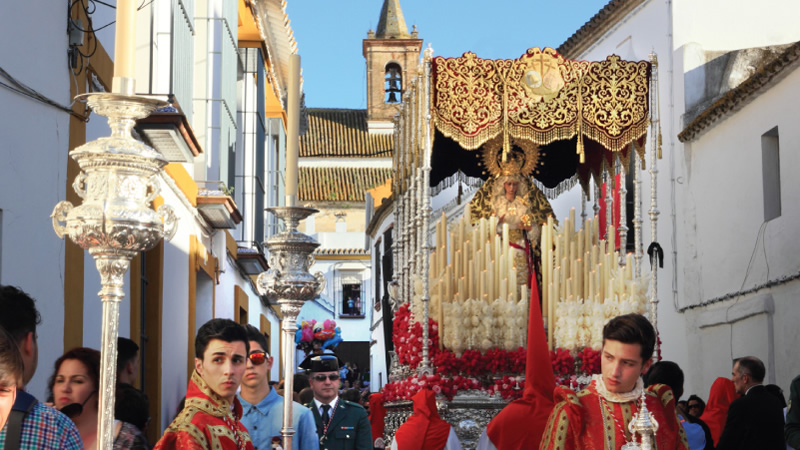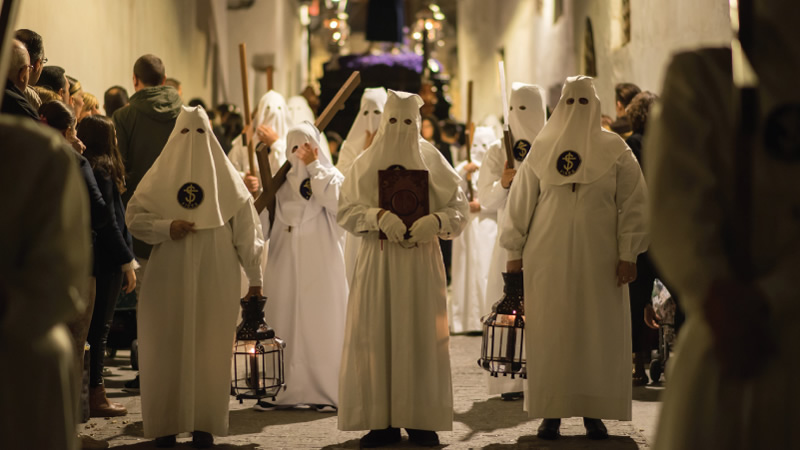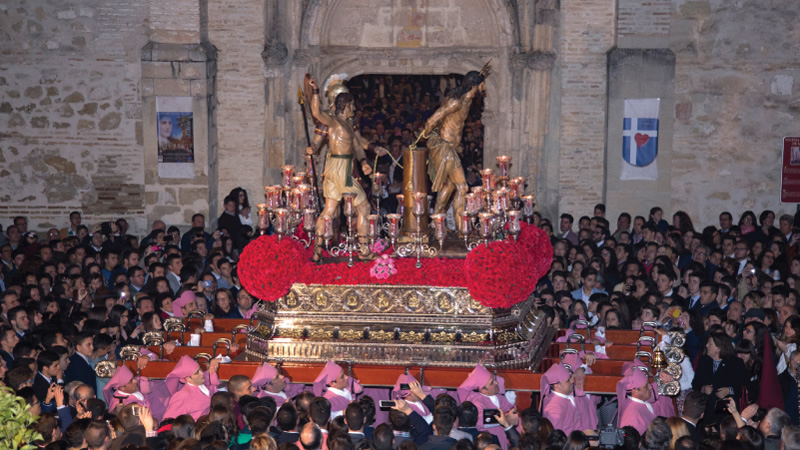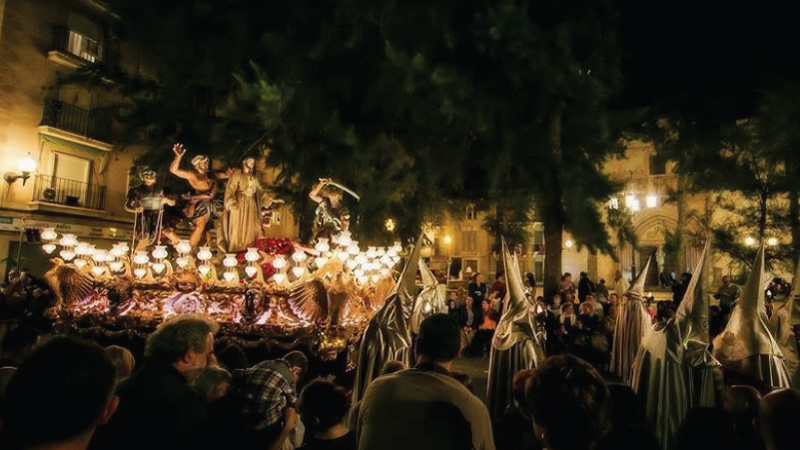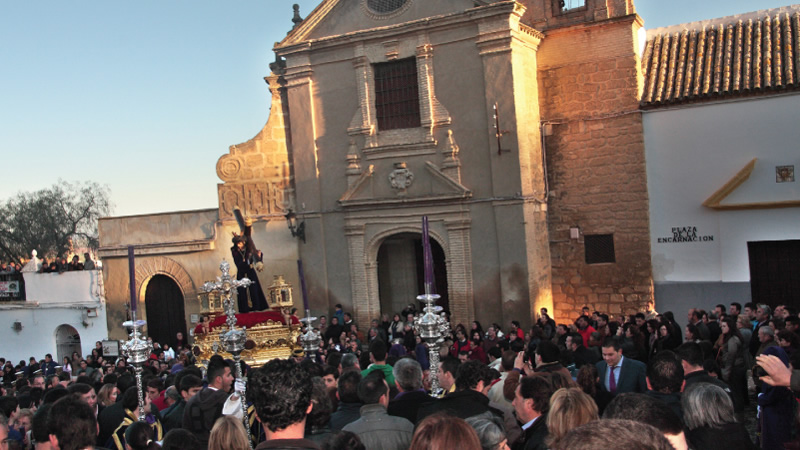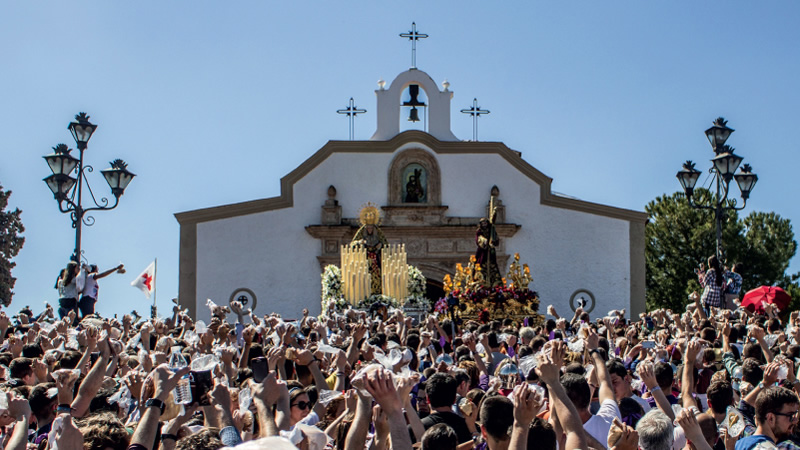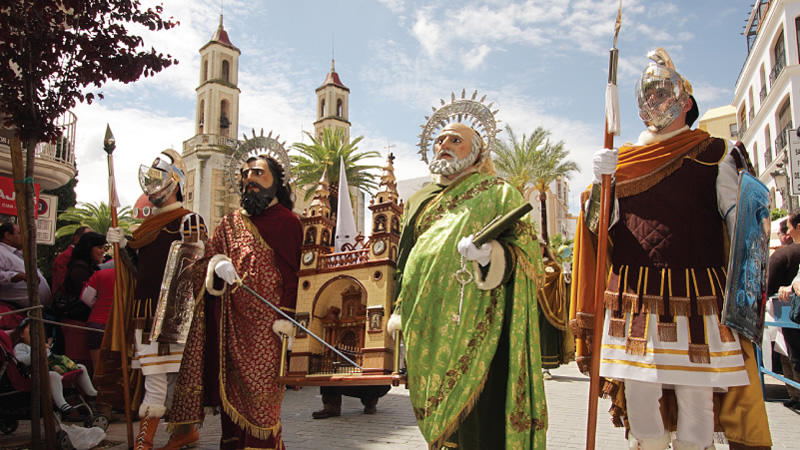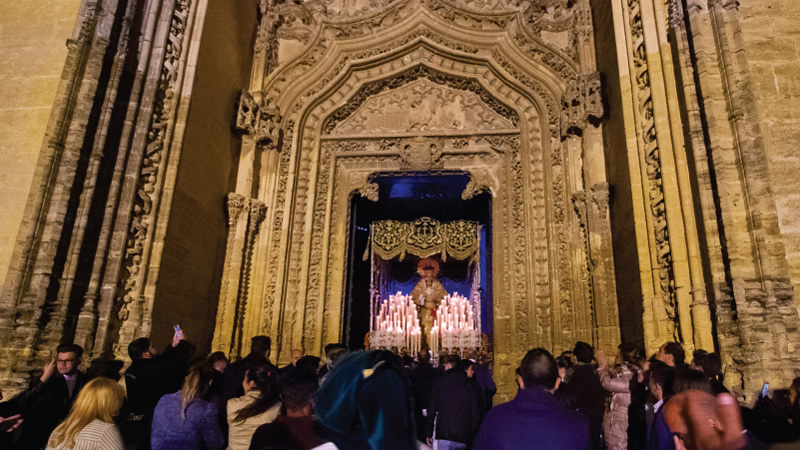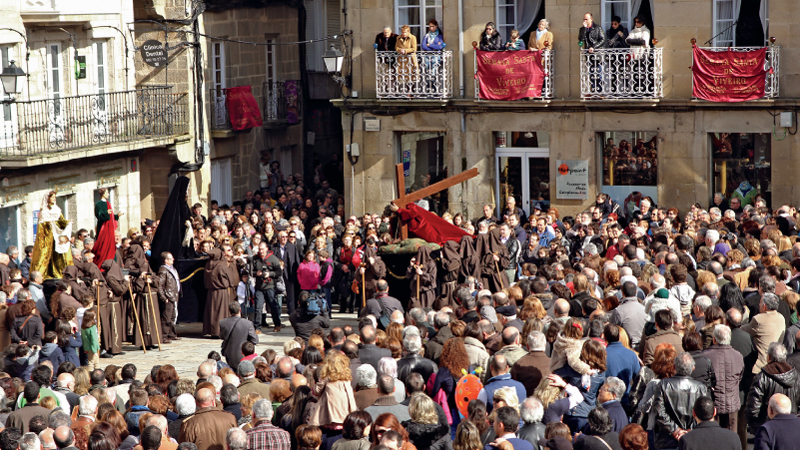The town of Lucena is located in the south of the province of Córdoba in the centre of Andalusia. It currently has a population of around 42,500 distributed over an area of 350 km². Furniture making and industrial refrigeration are the town’s main economy.
It is a town where tradition, roots and cultural identity are considered its most important resource. Known as the Pearl of the Sepharad, during the medieval era, Lucena became a prosperous enclave with a rich legacy bequeathed by the three cultures that left their mark on its monumental heritage with extraordinarily beautiful Baroque palaces, chapels and churches.






